In the world of consumer behavior, reference groups play a crucial role in influencing individuals’ purchasing decisions. A reference group refers to a social group that an individual identifies with or aspires to be a part of. These groups can have a significant impact on consumers’ attitudes, opinions, and buying choices.
Understanding the concept of reference groups and their influence on consumer behavior is essential for marketers and businesses aiming to effectively target their desired audience.
In this article, we will delve deep into the topic of reference groups, exploring their definition, types, and their impact on consumer behavior.
What is a Reference Group in Consumer Behaviour?
A reference group, in the context of consumer behavior, is a group of individuals or social entities that influence an individual’s beliefs, attitudes, and behavior. These groups serve as a benchmark for individuals when forming their opinions, evaluating their self-worth, and making purchase decisions.
People often seek validation and acceptance from their reference groups, leading them to conform to group norms and adopt similar behaviors and consumption patterns.

With Kentrix Harness the Power of Data, Make Informed Decisions CLICK HERE to Know more
Types of Reference Groups
There are various types of reference groups that individuals may belong to or aspire to be a part of. Let’s explore some common types of reference groups:
1. Direct Reference Groups: These are close-knit groups that an individual has regular face-to-face interactions with. Examples include family members, friends, colleagues, and classmates. Direct reference groups have a strong influence on an individual’s opinions and behavior due to the close relationships and shared experiences.
2. Indirect Reference Groups: Indirect reference groups consist of individuals or entities that an individual does not have direct interactions with but still considers as a point of reference. Celebrities, social media influencers, and public figures often serve as indirect reference groups. People might admire and emulate their behaviors, lifestyles, and consumption choices.
3. Aspirational Reference Groups: Aspirational reference groups are those that individuals aspire to be a part of but currently do not belong to. These groups often represent a desired social status, achievements, or a particular lifestyle. Aspirational reference groups can vary from cultural or professional circles to exclusive clubs or organizations.
4. Membership Reference Groups: Membership reference groups are formal organizations or associations that individuals are part of. These groups often have a specific purpose, shared values, and standards. Examples include professional associations, hobby clubs, and religious organizations. Membership reference groups influence individuals through the sense of belonging and shared identity.

Unlock Your Business Potential with Kentrix: Your Ultimate Business Intelligence Solution
The Impact of Reference Groups on Consumer Behavior
Reference groups have a significant impact on consumer behavior, shaping individuals’ preferences, purchase decisions, and consumption patterns. Let’s delve into how reference groups influence consumer behavior:
1. Social Proof: People tend to seek social proof to validate their choices and actions. When individuals observe their reference groups endorsing or using specific products or services, they perceive it as a positive signal. This social proof can sway their purchasing decisions and motivate them to align with their reference group’s choices.
2. Normative Influence: Reference groups establish norms and standards that individuals strive to conform to. They create a sense of social pressure, encouraging individuals to adopt behaviors and consumption patterns that align with the group’s values and expectations. Non-compliance with the group norms might lead to social exclusion or disapproval.
3. Informational Influence: Reference groups also serve as a source of information and knowledge. Individuals often seek advice and recommendations from their reference groups when making purchase decisions. The opinions and experiences shared within the group shape individuals’ perceptions and influence their choices.
4. Identification and Aspiration: Individuals often identify with their reference groups and aspire to be like the members. They associate certain products or brands with the group’s identity and values. Consequently, individuals are motivated to purchase these products to enhance their self-image and affiliation with the reference group.
READ THIS : Consumer Profiling Can Help You Elevate Your Business in 5 Ways
Frequently Asked Questions (FAQs)
Q1: How do reference groups impact consumer behavior?
Reference groups impact consumer behavior by providing social proof, establishing norms, influencing information-seeking behavior, and fostering identification and aspiration.
Q2: Can reference groups change over time?
Yes, reference groups can change over time. As individuals go through different life stages, their reference groups may evolve. New experiences, social circles, and shifts in personal values can lead to changes in the reference groups individuals identify with.
Q3: Can reference groups have a negative impact on consumer behavior?
Yes, reference groups can have a negative impact on consumer behavior. In cases where the reference group endorses harmful or unethical behaviors, individuals may be influenced to engage in similar actions or make poor choices.
Q4: How can marketers leverage reference groups in their strategies?
Marketers can leverage reference groups by employing influencer marketing, testimonials from satisfied customers, and creating a sense of community around their brand. By showcasing the positive association between their products/services and desirable reference groups, marketers can influence consumer behavior.
Q5: Are reference groups the same as target markets?
No, reference groups and target markets are not the same. Target markets refer to specific segments of consumers that a business aims to reach and serve. Reference groups, on the other hand, are social groups that influence individuals’ behaviors and choices.
Q6: How can individuals resist the negative influence of reference groups?
Individuals can resist the negative influence of reference groups by critically evaluating the group’s values and behaviors. Developing a strong sense of self-identity and understanding personal values can help individuals make independent and informed choices.
Conclusion
Reference groups hold significant power in shaping consumer behavior. By understanding the influence of reference groups, marketers and businesses can tailor their strategies to effectively target and engage their desired audience.
Individuals, too, can become more conscious of the impact reference groups have on their choices and make informed decisions aligned with their own values. In the dynamic landscape of consumer behavior, reference groups remain a key aspect worth exploring and leveraging for both businesses and individuals.
Read more,
What Are the Factors Influencing Consumer Behaviour? A Comprehensive Overview


